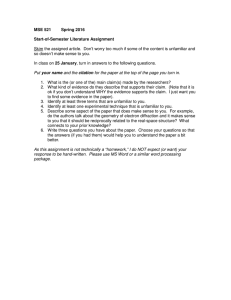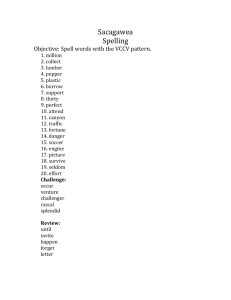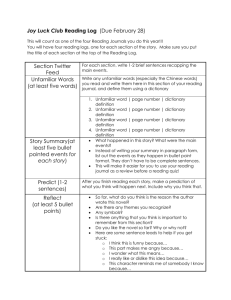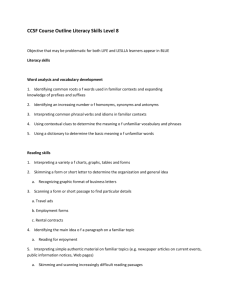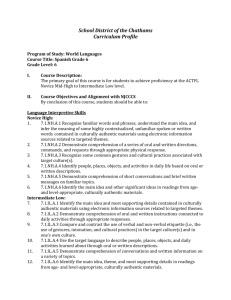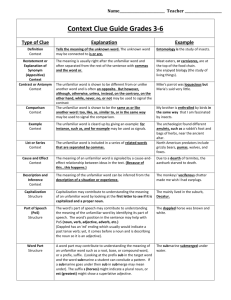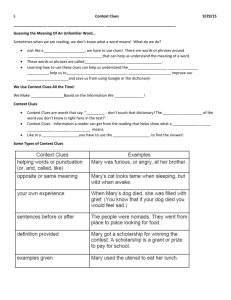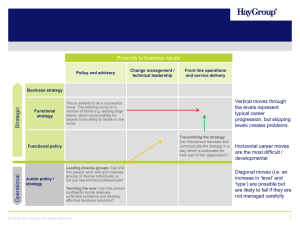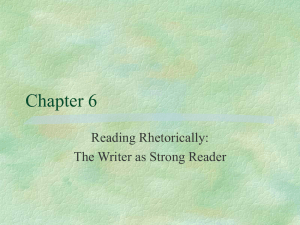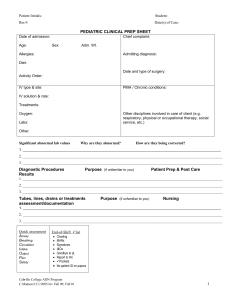intermediate mid
advertisement
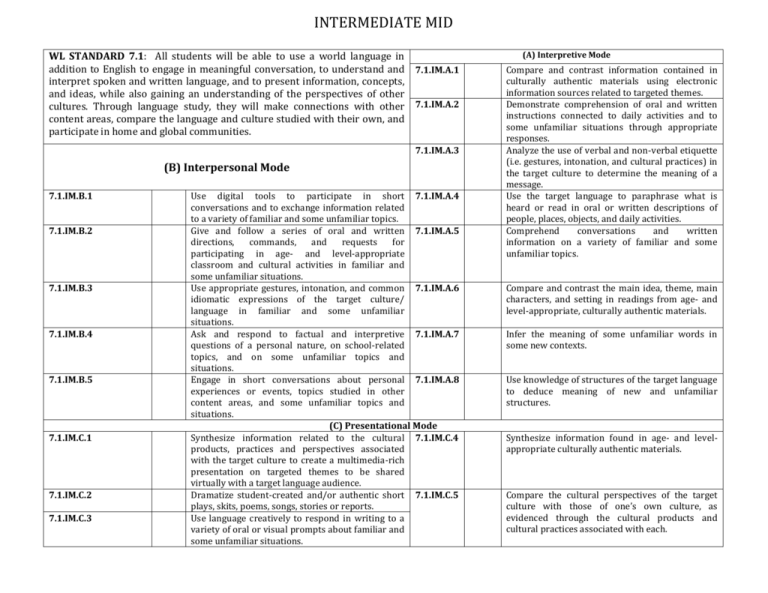
INTERMEDIATE MID WL STANDARD 7.1: All students will be able to use a world language in addition to English to engage in meaningful conversation, to understand and 7.1.IM.A.1 interpret spoken and written language, and to present information, concepts, and ideas, while also gaining an understanding of the perspectives of other cultures. Through language study, they will make connections with other 7.1.IM.A.2 content areas, compare the language and culture studied with their own, and participate in home and global communities. 7.1.IM.A.3 (B) Interpersonal Mode 7.1.IM.B.1 7.1.IM.B.2 7.1.IM.B.3 7.1.IM.B.4 7.1.IM.B.5 7.1.IM.C.1 7.1.IM.C.2 7.1.IM.C.3 Use digital tools to participate in short 7.1.IM.A.4 conversations and to exchange information related to a variety of familiar and some unfamiliar topics. Give and follow a series of oral and written 7.1.IM.A.5 directions, commands, and requests for participating in age- and level-appropriate classroom and cultural activities in familiar and some unfamiliar situations. Use appropriate gestures, intonation, and common 7.1.IM.A.6 idiomatic expressions of the target culture/ language in familiar and some unfamiliar situations. Ask and respond to factual and interpretive 7.1.IM.A.7 questions of a personal nature, on school-related topics, and on some unfamiliar topics and situations. Engage in short conversations about personal 7.1.IM.A.8 experiences or events, topics studied in other content areas, and some unfamiliar topics and situations. (C) Presentational Mode Synthesize information related to the cultural 7.1.IM.C.4 products, practices and perspectives associated with the target culture to create a multimedia-rich presentation on targeted themes to be shared virtually with a target language audience. Dramatize student-created and/or authentic short 7.1.IM.C.5 plays, skits, poems, songs, stories or reports. Use language creatively to respond in writing to a variety of oral or visual prompts about familiar and some unfamiliar situations. (A) Interpretive Mode Compare and contrast information contained in culturally authentic materials using electronic information sources related to targeted themes. Demonstrate comprehension of oral and written instructions connected to daily activities and to some unfamiliar situations through appropriate responses. Analyze the use of verbal and non-verbal etiquette (i.e. gestures, intonation, and cultural practices) in the target culture to determine the meaning of a message. Use the target language to paraphrase what is heard or read in oral or written descriptions of people, places, objects, and daily activities. Comprehend conversations and written information on a variety of familiar and some unfamiliar topics. Compare and contrast the main idea, theme, main characters, and setting in readings from age- and level-appropriate, culturally authentic materials. Infer the meaning of some unfamiliar words in some new contexts. Use knowledge of structures of the target language to deduce meaning of new and unfamiliar structures. Synthesize information found in age- and levelappropriate culturally authentic materials. Compare the cultural perspectives of the target culture with those of one’s own culture, as evidenced through the cultural products and cultural practices associated with each.
